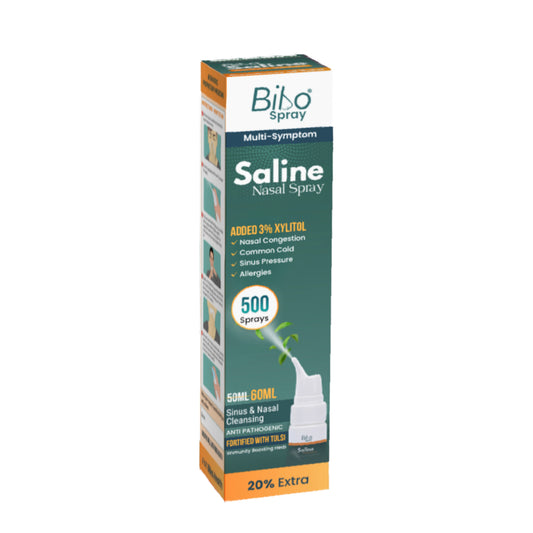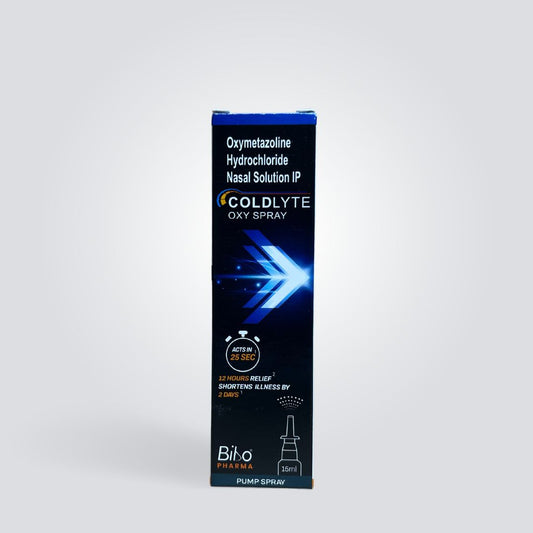
Blog written by: Dr Anju Balakrishnan
Cardiovascular diseases have now emerged as the major cause of morbidity and mortality worldwide. Lifestyle disease has become life-threatening in current days. Ayurveda has a holistic approach where prevention and treatment go hand in hand.
Ayurveda is nothing but a lifestyle where dinacharya (daily regimen), rithucharya (seasonal regimen), pathya (wholesome diet) and sadvritta (good conduct) are followed. As the heart is one of the vital organs, one has to follow a healthy lifestyle in order to maintain a healthy heart.
The risk factors in heart diseases are abnormal levels of cholesterol and imbalance in the protein level, abnormal blood pressure, and high level of harmful amino acids, which damage blood vessels and platelets that lead to blood clotting and vessel rupture.
In Ayurvedic classics, it is mentioned that rasa (nutrient fluid) comes into circulation from the heart and spreads all over the body. So any impairment to this can lead to Hridroga (cardiovascular diseases). Improper food intake, lack of proper exercise, mental strain and a sedentary lifestyle can cause abnormality in the function of hridaya. It leads to dhamani prathichaya (hardening of arterial walls), resulting in obstruction, and finally to the hridroga.
There are conditions like Angina pectoris, where there will be choking chest pain, which subsides when you give your body rest. This pain in retrosternal has a tendency to radiate to the arms causing discomfort in the arms. It could also radiate to the neck, back or jaw.
In the case of Myocardial infarction, which is generally called a heart attack, there will be a lack of blood supply to the heart. It happens when the coronary artery is blocked. Usually, the patient complains about tightness of the chest, breathlessness, vomiting etc. When the heart receives inadequate blood, it falls short of oxygen and is unable to function normally.
Another common condition is hypertension. Hypertension is the condition where there will be persistent elevated arterial blood pressure and is usually associated with the incidence of cardiovascular diseases.
Management
Nidana parivarjana (avoiding the causative factors) is the most important thing to be followed. One has to follow a proper diet and lifestyle. Practising yoga and pranayama (breathing exercises) have its own benefits. Acharya Charaka has mentioned Hridya mahakashaya for maintaining a healthy state of blood vessels, which includes 10 herbs.
The drugs like Arjuna (Terminalia arjuna ), Pushkarmoola (Inula racemosa), Bala (Sida cordifolia), Nagabala (Sida humilis ), Shunthi (Zingiber officinale ), Pippali (Piper longum ), Yashtimadhu (Glycyrrhiza glabra ), Haritaki (Terminalia chebula ) and Dashmoola ( 10 roots) are used to treat the condition. Studies clearly indicate that these drugs possess hypotensive, hypocholesterolemic, anti-platelet and thrombolytic activities, which play a crucial role in the management of cardiovascular and cerebrovascular disorders. Ayurvedic treatments like urovasthi, pizhichil, shirovasthi, shiropichu etc., are also practised along with shamana medications.




